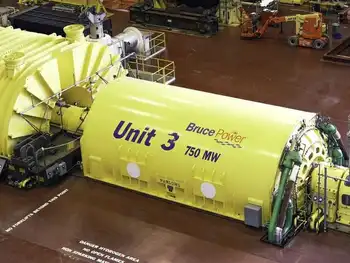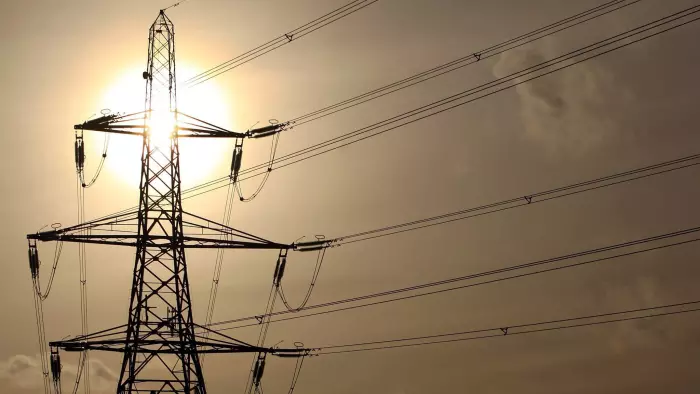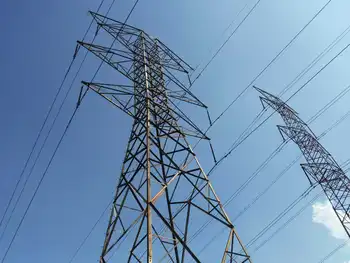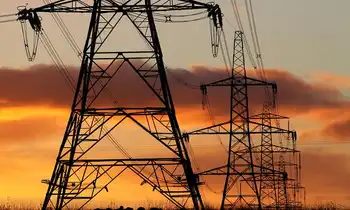Utility will pay 2.5 million for power outages at Hammond, Ind., mill
HAMMOND, INDIANA - Jupiter Aluminum Corp. has won another round in a long-running dispute with Northern Indiana Public Service Co., which will pay out $2.5 million to alleviate power outages at Jupiter's minimill in Hammond.
NIPSCO says it will comply with an Indiana Utility Regulatory Commission order to make the payment, following a court's rejection of NIPSCO's motion to temporarily block the order.
"Everyone appears to have realized that something had to be done to help a Hammond employer who was suffering frequent power outages," said Jack Wickes, an Indianapolis lawyer representing Jupiter Aluminum in the case.
Jupiter Aluminum has argued since late 2003 that the case has implications for manufacturers throughout Northwest Indiana, which need to know a reliable source of power is available for their operations.
NIPSCO will comply with the IURC's April order but also plans to continue its action to overturn it at the Indiana Court of Appeals.
"We continue to believe in the merits of our case and are optimistic about the outcome of our appeal," said Tom Cuddy, a NIPSCO spokesman.
That means the utility will proceed with making a $2.5 million payment to Jupiter Aluminum, which the company will use to buy and install a special switch to keep power flowing to the mill's aluminum caster. The utility will also install a backup line to the mill.
The IURC has specified the $2.5 million cannot be recovered from NIPSCO customers.
Jupiter Aluminum's minimill in a small industrial park off 165th Street in Hammond employs 185 people. It uses scrap aluminum to make Indiana, Illinois and all Canadian license plates as well as gutters and down spouts sold nationwide.
Last year the company came forward with a plan to invest $40 million in new equipment including a new caster, rolling mills and melting furnace.
The expansion could add up to 90 jobs.
That expansion remains on track, according to Mark Schoenfield, Jupiter Aluminum's general counsel. Finding a solution to the plant's electric reliability problem is a key part.
"Certainly if they (NIPSCO) comply with the order it will help us move forward with our plans," Schoenfield said. "We are very pleased with the past growth of our company and certainly our current plans are very important to us."
The issue before the commission was a simple one but had wider implications, according to Wickes.
"How can you attract industry to the area if you can't keep the power on?" Wickes said.
Power fluctuations on NIPSCO's system caused the mill to suffer power outages, which forced the shut-down of the caster, according to testimony in the case. The restart process can take up to four hours.
Witnesses in the IURC case testified the minimill suffered 36 power outages since February of 2000 and 45 since 1995.
Jupiter had sought a 42 percent refund of NIPSCO power charges going back to 1995. Such a refund would have totaled millions of dollars.
The IURC did not agree with Jupiter's contention that the utility had failed to provide reasonably adequate service over the entire period and rejected the idea of a refund. But the commission recognized there were ongoing problems that continued even after Jupiter made its complaint.
In December 2003, the IURC ordered NIPSCO to undertake an extensive study of the problem at Jupiter and come up with a complete plan for resolving it.
In 1999, NIPSCO had proposed that Jupiter Aluminum install an $800,000 switching device at its own expense to keep power flowing. Company officials had declined, saying there was not convincing evidence that would work.
Related News
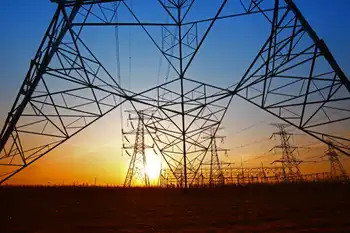
Altmaier's new electricity forecast: the main driver is e-mobility
LONDON - Gross electricity consumption in Germany will increase from 595 terawatt hours (TWh) in 2018 to 658 TWh in 2030. That is an increase of eleven percent. This emerges from the detailed analysis of the development of electricity demand that the Federal Ministry of Economics (BMWi) published on Tuesday. The main driver of the increase is therefore the transport sector. According to the paper, increased electric mobility in particular contributes 68 TWh to the increase. Around 44 TWh of this should be for cars, 7 TWh for light commercial vehicles and 17 TWh for heavy trucks. If the electricity…

